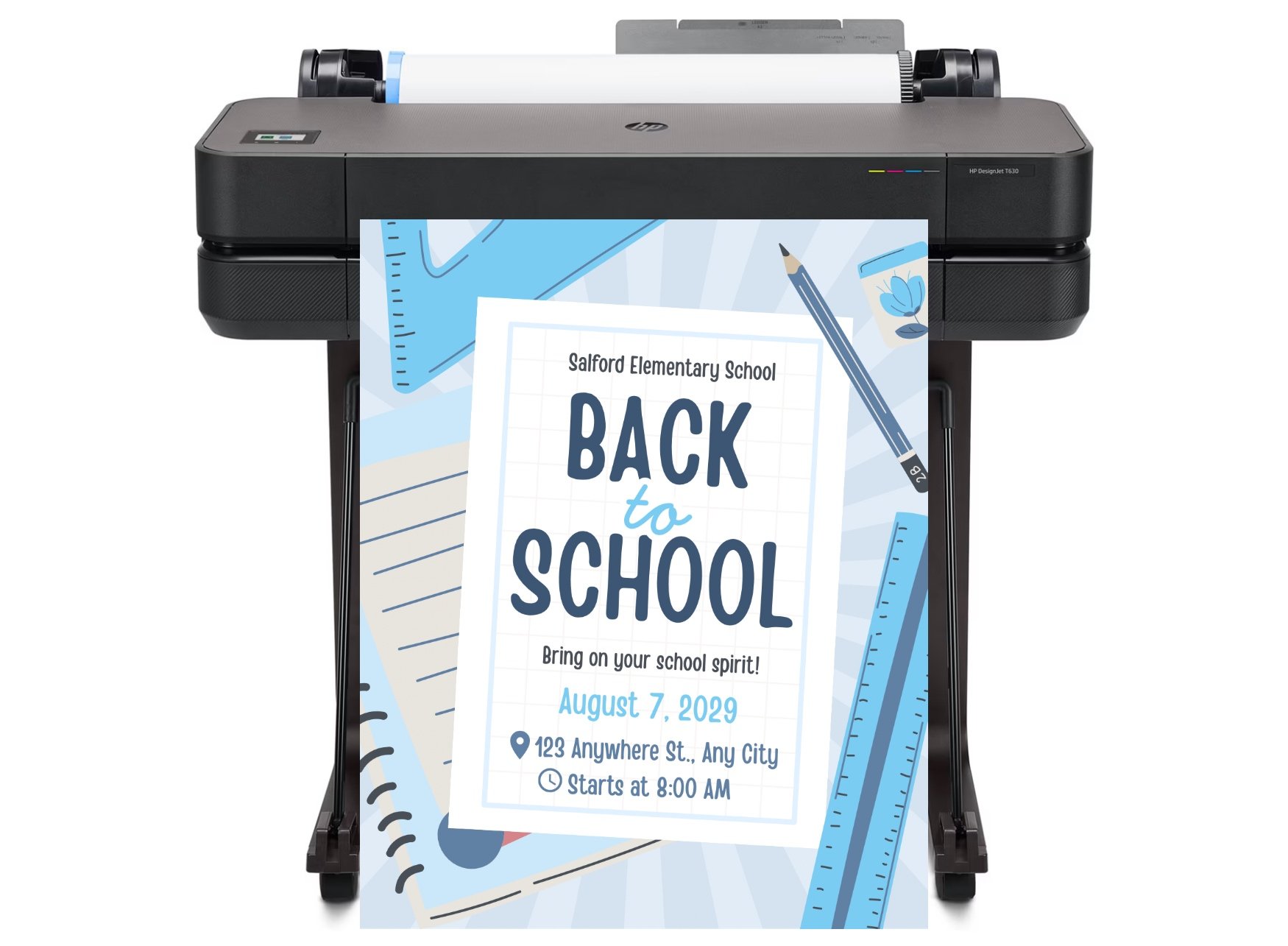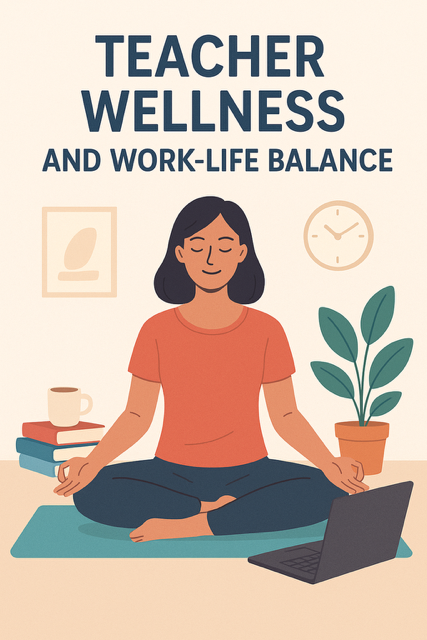
DISCOUNTED EDUCATION PRICING! CALL 1-877-891-8411. We Gladly Accept School Purchase Orders!

Teaching is one of the most rewarding yet demanding professions. From crafting engaging lesson plans to managing classroom dynamics and grading stacks of assignments, teachers pour their hearts and minds into their work. However, the intensity of the job can take a toll on mental health, leading to burnout if not addressed. Behind the Desk: Teacher Wellness and Work-Life Balance is a space dedicated to helping educators prioritize their well-being, prevent burnout, and find harmony between their professional and personal lives. In this inaugural post, we’ll explore practical strategies for teacher mental health, including mindfulness practices, boundary-setting, and stress management during high-pressure periods like report card season. Let’s dive into creating a sustainable teaching career that leaves room for joy, rest, and personal growth.
Teaching demands emotional, intellectual, and physical energy. According to a 2023 study by the National Education Association, 55% of teachers reported experiencing burnout, with many citing long hours, administrative pressures, and emotional exhaustion as key factors. When teachers neglect their well-being, it impacts not only their health but also their ability to inspire and connect with students. Prioritizing mental health isn’t just self-care—it’s a professional necessity that enhances classroom effectiveness. It’s no wonder there is a teacher shortage crisis.
This blog aims to provide actionable, evidence-based strategies to help teachers thrive. By incorporating mindfulness, setting boundaries, and managing stress, educators can reclaim their energy and rediscover the passion that drew them to teaching. Let’s explore three key areas: mindfulness in the classroom, setting boundaries with grading, and managing stress during report card season.
Mindfulness—the practice of staying present and aware—can be a game-changer for teachers. It helps reduce stress, improve focus, and foster emotional resilience. Here are three mindfulness techniques tailored for educators:
Start your day with a five-minute mindfulness practice before students arrive. Find a quiet space in your classroom, sit comfortably, and focus on your breath. Inhale deeply for four counts, hold for four, and exhale for six. This simple breathing exercise calms the nervous system and sets a positive tone for the day. Veteran teacher Sarah Thompson, who’s been teaching high school English for 15 years, shares: “I used to rush into my day, already stressed. Now, I take five minutes to breathe and center myself. It’s like hitting a reset button before the chaos begins.”
During a hectic class period, take a 30-second pause. Step away from the board, close your eyes if comfortable, and focus on a single sensation—perhaps the feeling of your feet on the floor. This micro-break can help you stay calm when dealing with disruptive behavior or a packed lesson plan. Research from the American Psychological Association shows that brief mindfulness breaks reduce stress hormones, helping teachers stay composed.
At the end of the day, jot down three things that went well in your classroom. They don’t need to be grand—maybe a student smiled during your lesson or a colleague shared a kind word. Gratitude journaling shifts your focus from challenges to positive moments, boosting emotional resilience. Try keeping a small notebook on your desk for quick reflections.
These mindfulness practices are simple yet powerful. They don’t require hours of meditation but can fit into a teacher’s busy schedule, offering immediate benefits for mental clarity and emotional balance.
Grading is a significant source of stress for teachers, especially when assignments pile up. Without clear boundaries, grading can spill into evenings and weekends, eroding personal time. Here are three strategies to manage grading while protecting your work-life balance:
Schedule specific times for grading and stick to them. For example, dedicate 90 minutes after school on Tuesdays and Thursdays to grade assignments. Use a timer to stay focused and avoid overextending. High school math teacher Michael Rivera says, “Time-blocking saved my weekends. I used to grade until midnight, but now I know my limits, and I’m more efficient because of it.”
Not every assignment needs detailed feedback. Focus on grading high-impact tasks, like essays or projects, and use quicker methods for smaller assignments, such as checklists or peer reviews. This approach saves time while ensuring students receive meaningful feedback where it matters most.
Set a firm cutoff time for work-related tasks, such as 7 p.m. After that, switch to personal activities like reading, exercising, or spending time with family. Communicate this boundary to yourself and colleagues—turn off work email notifications to reinforce it. Studies show that clear work-life boundaries reduce burnout and improve job satisfaction.
By setting these boundaries, teachers can reclaim their evenings and weekends, creating space for rest and hobbies that recharge their energy.
Report card season is a perfect storm of deadlines, parent expectations, and administrative tasks. The pressure to finalize grades, write comments, and prepare for conferences can feel overwhelming. Here are three strategies to navigate this stressful period:
Instead of tackling report cards in one marathon session, break the work into smaller tasks. For example, complete grades for one class per day or write five student comments per session. This approach prevents overwhelm and ensures accuracy. School counselor Dr. Emily Chen advises, “Chunking tasks helps teachers feel in control. It’s less daunting when you focus on one piece at a time.”
Craft a set of reusable comment templates for report cards to streamline the process. Customize them for each student to maintain a personal touch, but rely on pre-written phrases for common feedback, like “shows improvement in” or “needs to focus on.” This saves time while ensuring comments are professional and constructive.
During report card season, self-care is non-negotiable. Schedule short breaks to stretch, hydrate, or take a walk. Prioritize sleep—aim for at least seven hours per night, as sleep deprivation exacerbates stress. Incorporate quick stress-relief techniques, like a one-minute deep-breathing exercise between tasks. These small habits keep you grounded and productive.
By approaching report card season strategically, teachers can reduce stress and maintain their well-being even during the busiest times.
To enrich this conversation, we’ve invited insights from experts in education and mental health. Dr. Lisa Carter, a school psychologist with 20 years of experience, emphasizes the importance of community: “Teachers need to connect with each other. Share your struggles and successes—it’s validating and reminds you you’re not alone.” She suggests forming a teacher support group, even if it’s just a monthly coffee meetup, to discuss challenges and share wellness strategies.
Veteran teacher Maria Gonzalez, who teaches middle school science, adds: “I learned to say ‘no’ to extra tasks that weren’t urgent. It felt uncomfortable at first, but it gave me back my evenings. Protect your time—it’s your most valuable resource.” These perspectives highlight the power of community and boundary-setting in sustaining a teaching career.
Teacher wellness isn’t a one-time fix—it’s an ongoing practice. By integrating mindfulness, setting boundaries, and managing stress during high-pressure periods, educators can create a sustainable balance between their professional and personal lives. Here are a few final tips to keep in mind:
Teaching is a marathon, not a sprint. By prioritizing mental health and work-life balance, you can show up as your best self for your students, colleagues, and loved ones. With the help of classroom management strategies and techniques, teachers can organize the chaos a little bit better.
We want Behind the Desk to be a community for teachers to share, learn, and grow. What wellness strategies work for you? How do you manage stress during busy seasons? Share your tips in the comments below or submit a guest post to inspire your fellow educators. Let’s build a space where teachers feel supported, empowered, and ready to thrive.
Stay tuned for our next post, where we’ll explore how to incorporate movement and physical wellness into your teaching routine!